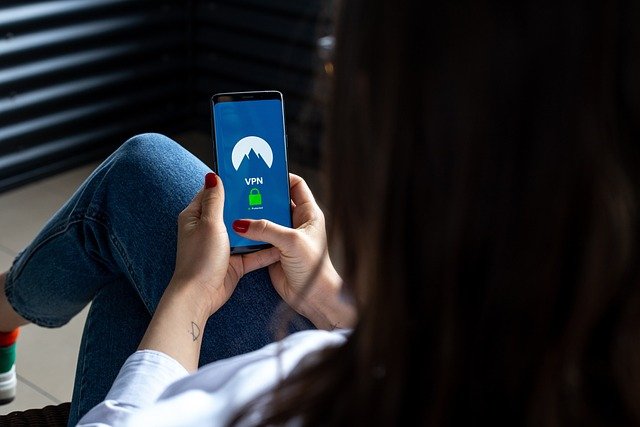Assess repair history and aftermarket parts in handsets
Before buying a preowned or refurbished handset, knowing how to verify repair history, detect aftermarket parts, and confirm carrier compatibility helps protect your privacy and resale value. This article outlines practical checks, documentation to request, and steps for secure transactions worldwide.

When evaluating a preowned or refurbished handset, a careful inspection of repair history and aftermarket parts can reveal potential risks to performance, reliability, and resale value. Start by asking sellers for documented repair records, original receipts, or authenticated service logs. Check the device’s physical condition, ports, and screen for signs of replacement parts. Verifying IMEI status and carrier compatibility, and confirming that proper authentication and factory reset procedures were followed, greatly reduces the chance of buying a device with unresolved issues or privacy concerns.
Preowned and refurbished handset differences
A preowned handset is simply previously owned, while a refurbished handset typically has been inspected, repaired, and tested before resale. Refurbished devices may come with limited warranties and documented repairs; preowned phones often lack official service history. When assessing either type, look for evidence that repairs were conducted by certified technicians or reputable repair shops. If a seller claims refurbishment, request the certification or a description of the tests performed. This helps you evaluate whether aftermarket parts were used and whether the device received appropriate authentication and quality checks.
How to check IMEI, carrier and compatibility
Verify the device’s IMEI to confirm it is not reported lost, stolen, or blocked on carrier networks. Use official carrier lookup tools or reputable IMEI check services to confirm status before purchase. Confirm carrier compatibility by checking supported bands and network technology (e.g., 4G LTE, 5G) against your local providers. If the handset is unlocked, ensure a simple SIM swap works. Keep screenshots of any online checks and note the IMEI and serial for any post-sale disputes. Compatibility checks reduce surprises with carrier activation and roaming.
Battery, repairs and inspection checklist
Inspect the battery health and signs of prior repairs. Look for uneven screen fit, gaps around chassis screws, or mismatched screw heads—these often indicate third-party disassembly or aftermarket components. Test battery performance by running simple tasks and checking battery percentage stability. Request recent diagnostics or a battery health report where possible. Ask whether repairs replaced the battery, screen, or charging port, and whether official or aftermarket parts were used. A careful inspection reduces the likelihood of hidden faults that lead to early failures or costly repairs.
Spot aftermarket parts and authentication
Aftermarket parts can affect device performance and longevity. Check camera clarity, touch responsiveness, and display color consistency to spot non-genuine components. Authentication methods include comparing model-specific identifiers, verifying serial numbers against manufacturer databases when available, and inspecting service menus or diagnostics that reveal component origin. If the seller provides receipts from an authorized repair center, prioritize those devices. Authentication also extends to software: confirm the operating system is genuine and free from unauthorized modifications that might hide security risks.
Privacy, factory reset and trade-in preparation
Before accepting a handset, confirm the device underwent a proper factory reset and that previous accounts were removed. Ask the seller to demonstrate a clean setup screen or provide proof that iCloud, Google account locks, or equivalent services are disabled. This step protects your privacy and avoids activation lock issues that prevent use or resale. For trade-in situations, obtain official trade-in documentation showing device condition and any deductions for repairs. Retain serials and IMEI for your records in case of later disputes over authentication or ownership.
Escrow, resale value and seller protection
For higher-value purchases, consider using an escrow service or secure payment platform that holds funds until you confirm the handset’s condition. An escrow arrangement can protect both buyer and seller while allowing time to verify IMEI, carrier compatibility, and the presence of original or aftermarket parts. Keep records of inspections and communications to support resale or warranty claims. When estimating resale value, account for aftermarket parts, repair history, and battery health—these factors typically reduce market value compared to devices with full authenticated service records.
Conclusion
Thoroughly assessing repair history and aftermarket parts in handsets requires a blend of documentation requests, physical inspection, and technical verification. Prioritize devices with clear service records or certified refurbishment, verify IMEI and carrier compatibility, and ensure privacy safeguards like factory reset and account removal. Using escrow or secure payment methods and keeping detailed records can further protect you and preserve resale value when buying or trading preowned and refurbished handsets.






